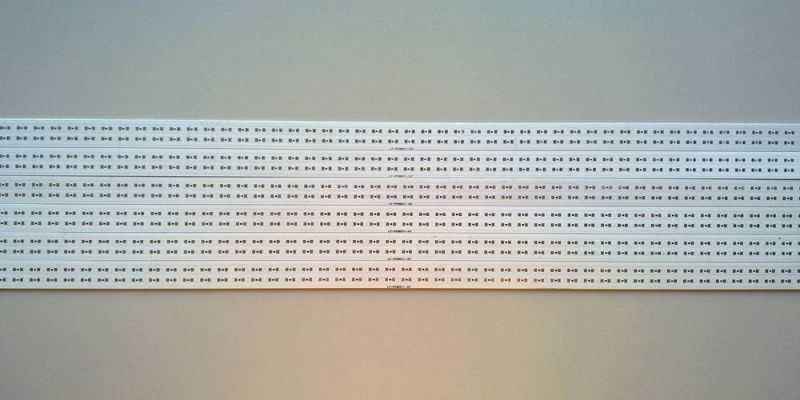What is an ad hoc network
Ad hoc network is a combination of mobile communication and computer network [1]. The information exchange of the network uses the packet exchange mechanism in the computer network. The user terminal is a portable terminal that can be moved. Each user terminal in the ad hoc network has It has both router and host functions. As a host, the terminal needs to run various user-oriented applications, such as editors, browsers, etc .; as a router, the terminal needs to run the corresponding routing protocol to complete the data packet forwarding and routing maintenance according to the routing strategy and routing table, so Nodes are required to implement appropriate routing protocols. The goal of the ad hoc network routing protocol is fast, accurate and efficient. It requires finding the accurate and available routing information in the shortest possible time, and can adapt to the rapid change of the network topology, while reducing the introduction of additional delay and routing maintenance Control information to reduce the overhead of routing protocols to meet the constraints of mobile terminal computing power, storage space and power supply.
At present, there are three main ideas for the design of the ad hoc network routing protocol: 1) Modify the existing conventional routing protocol to adapt to the needs of the ad hoc network, such as DSDV (DesTInaTIon Sequenced Distance Vector) protocol is obtained by modifying the common RIP protocol Come; 2) Adopting the routing principle of on-demand discovery, the routing table is not maintained by periodically broadcasting routing information, and only when a route needs to be established, a request is sent to establish a route, thereby effectively reducing the consumption of network resources. Dynamic source routing (DSR) [2], AODV (Ad-hoc On-demand Distance Vector), etc .; 3) Based on quality of service (QoS) routing, the node according to the collected network resources (instead of the usual number of hops) Choose a route that is most likely to meet user QoS requirements, such as LS-QoS (Link State-QoS) protocol.
Table-driven routing protocols are suitable for conventional wired networks, but for wireless ad hoc networks, due to the many limitations of the network itself, periodic broadcast control information packets will consume a lot of network bandwidth, and maintaining routing tables will consume a lot of mobile terminal resources As a result of rapid changes in topology, many routing information will soon become outdated, resulting in a waste of resources. Even if the table driver protocol is modified for wireless ad hoc networks, this problem still exists to a large extent. In contrast, on-demand routing protocols are better able to adapt to the fast-changing characteristics of ad hoc network topologies.
Among several popular on-demand routing protocols that are currently popular, DSR uses the mechanism of source routing, which requires the complete path information to be included in the header of each data packet, which greatly increases the overhead of the routing protocol and when a broken link needs to be rebuilt. The broken link information needs to be sent back to the source node, and the source node re-initiates the route discovery process, which brings a great delay. The AODV protocol uses a hop-by-hop mechanism to solve this problem, but it needs to use periodic Hello information to maintain the connection status between nodes, which increases overhead, and when a link break occurs, it is done in the same way as DSR. Rebuild the route. In addition to its large overhead [3], the TORA protocol also needs special hardware to provide support. For example, GPS equipment provides time synchronization of nodes across the network, and requires two independent wireless channels for data and control, which has relatively large application limitations.
This article discusses the basic operations and existing problems of the typical on-demand routing protocol AODV in the literature, and proposes improved methods for the reconstruction after the route is broken.
Improvement of AODV Routing Protocol Break Chain Repair in Ad Hoc Network
LED PCB Board,aluminium material with Thermal Conductivity 2W/m-K.Covered With white solder mask oil. surface finished is Lead-free Hot Air Solder Level.6-up connect with routed and score.100% E-test.No-x out allowed. used for LED lamp.
We have aluminium material with Thermal Conductivity 1W/m-K, 1.5W/m-K,2W/m-K, 2.2W/m-K. And we can produce single side&double side Aluminium Board

Led PCB,Professional Led PCB,Aluminum PCB,Electronic Led PCB
Orilind Limited Company , https://www.orilind.com
